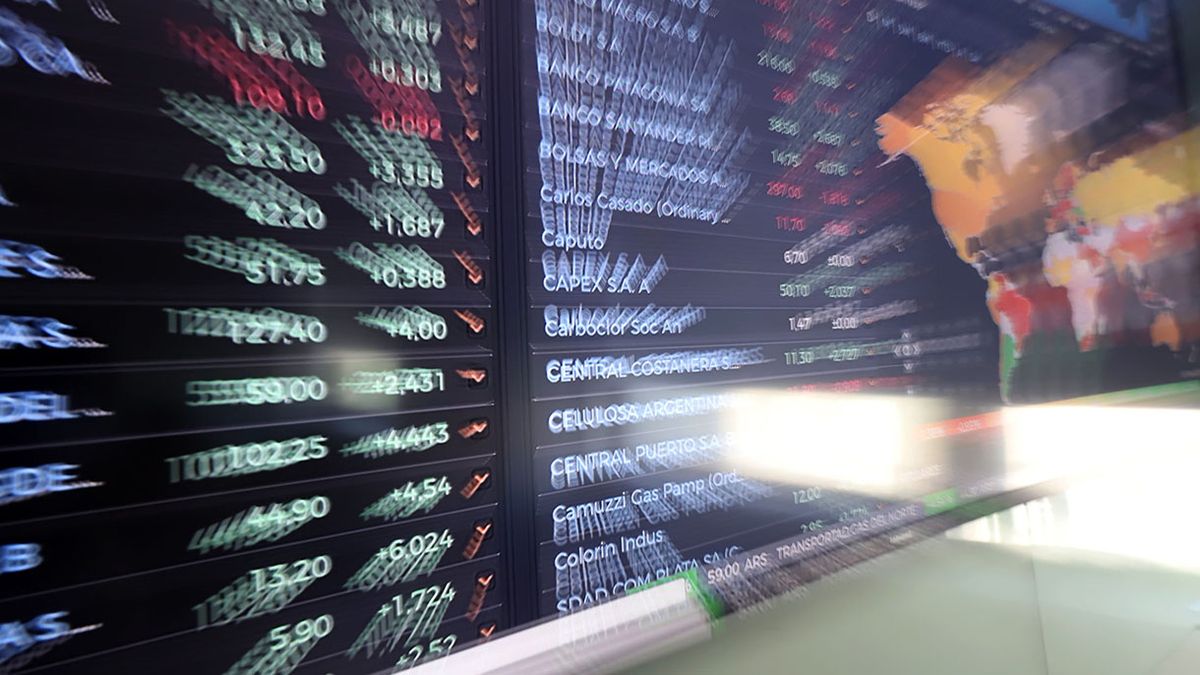Brent crude prices extended their advance to reach levels last seen in late 2018, with gains across the energy complex fueling concerns about inflation.
“Higher energy prices and shortages will work their way through global value chains in the form of rising prices and potential shortages of consumer and industrial goods,” said OANDA analyst Jeffrey Halley.
“All of this makes the constant chatter from central bankers around the world that (high) inflation is ‘transitory’ sound increasingly hollow.”
In Europe, Rising commodity prices supported stocks linked to oil and mining, but fears persisted about stagflation, a stagnant economic environment and rising prices.
The STOXX 50 was trading down 0.3% and the MSCI World Stock Index, which tracks stocks in 50 countries, was up 0.1%.
The mood in Chinese markets was underpinned by support measures planned by some cities for the troubled housing market. The CSI300 Preferred Stock Index was up 0.1% and MSCI’s Asia Pacific Broad Stock Index outside of Japan was up 0.6%.
The yen’s decline provided positive momentum for the Nikkei, which reversed initial losses and rose 1.6%.
The US corporate earnings season begins this week and is likely to bring reports of supply disruptions and rising costs. JPMorgan reports on Wednesday, followed by BofA, Morgan Stanley and Citigroup on Thursday, and Goldman on Friday.
The attention is also on the inflation and US retail sales data. The minutes of the last meeting of the Federal Reserve will also be known, which should confirm that a gradual reduction in the monthly purchases of bonds carried out by the central bank was discussed in November.
The currency and bond markets in the United States will not open on Monday for a holiday.
Germany’s 10-year Bund yield rose to its highest level since May, more than 2 basis points to -0.118%. Yields on 10-year UK government debt were their highest since May 2019.
The dollar was underpinned by the greater advance of US Treasury debt returns relative to those of its peers Germany and Japan. The greenback hit highs since the end of 2018 against the Japanese currency of 112.90 yen.
The euro was changing hands at $ 1.1570 after falling last week to a year’s lowest of $ 1.1527. The dollar index stood at 94.174, just below the recent high of 94.504.
The firmer dollar and higher yields on US Treasuries have weighed on gold, which offers no interest. Spot gold was trading at $ 1,754 an ounce.
West Texas Intermediate crude was up 3.3% at $ 81.98 a barrel, while Brent was up 2.5% at $ 84.46.
David William is a talented author who has made a name for himself in the world of writing. He is a professional author who writes on a wide range of topics, from general interest to opinion news. David is currently working as a writer at 24 hours worlds where he brings his unique perspective and in-depth research to his articles, making them both informative and engaging.



